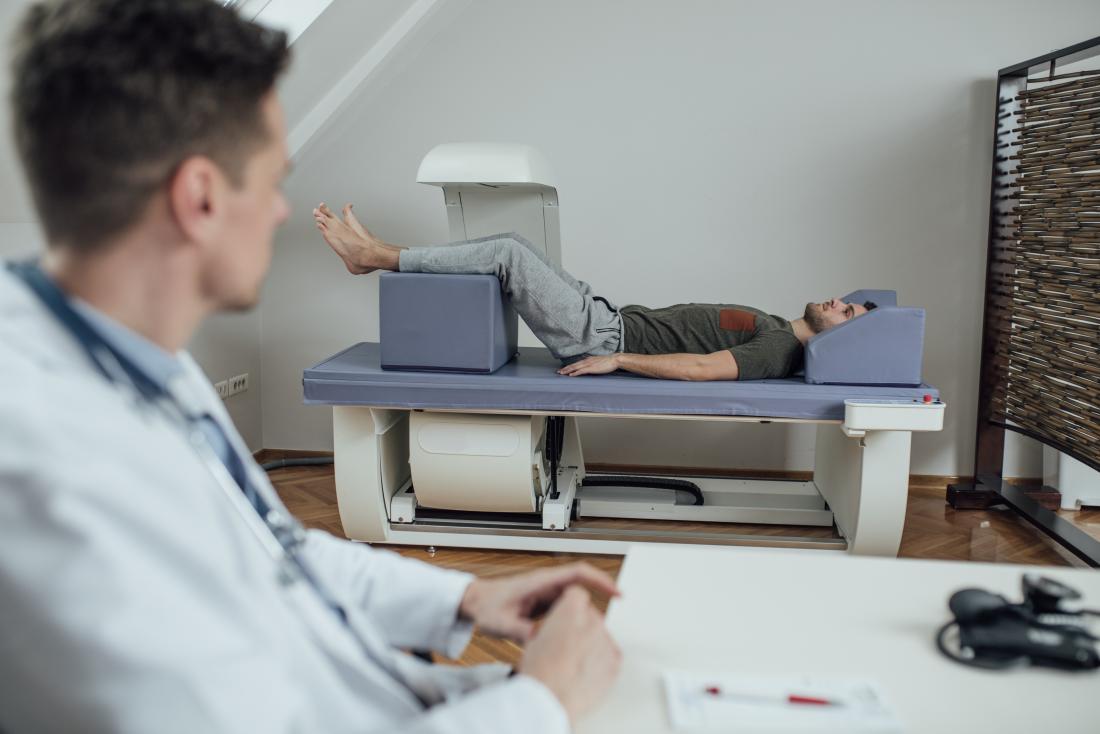
The Osteoporosis Center at MMI
At the Osteoporosis Center at MMI we want every patient to know their risk factors associated with this silent disease. Prevention is key. The specialists at MMI make your long-term bone and muscle health top priority. Ask your provider what steps you need to do today to take action.
We Offer the Following Osteoporosis Treatment Services
- Evaluation and Management
- Diagnostic Testing Scheduling
- Bloodwork- Labs
- Education
- Nutritional Guidance and Support
- PT/OT Services; including Fall Risk Assesments
What is a Dexa Scan?
The standard way of measuring bone density is a simple test called Dual Energy X-ray Absorptiometry (DEXA). The DEXA scan is an accurate and reliable technique of assessing the strength of bones. A DEXA scan usually measures bone mass (the amount of bone) in the spine and hip and wrist – parts of the body which are more at risk of osteoporotic fractures.

About Osteoporosis
Osteoporosis is a disease in which the density and quality of bone is reduced, increasing the risk of fracture. It affects around one in three women and one in five men around the world.
Osteoporosis, which literally means “porous bone”, is a disease in which the density and quality of bone are reduced. As the bones become more porous and fragile, the risk of fracture is greatly increased. The loss of bone occurs “silently” and progressively. Often there are no symptoms until the first fracture occurs. The most common fractures associated with osteoporosis occur at the hip, spine, and wrist. The incidence of these fractures, particularly at the hip and spine, increases with age in both women and men.
Of notable concern are vertebral (spinal) and hip fractures. Vertebral fractures can result in serious consequences, including loss of height, intense back pain and deformity. A hip fracture often requires surgery and may result in loss of independent living.
The good news is that osteoporosis is now a largely treatable condition and, with a combination of lifestyle changes and appropriate medical treatment, many fractures can be avoided.
Treating Osteoporosis
It is important to keep bones healthy and strong at all ages. Since bone loss is irreversible, osteoporosis treatment focuses on preventing the condition from worsening. Here are some ways you can reduce your risk of fracture:
- Adequate Calcium and Vitamin D intake
- Exercise
- Stop smoking
- Limit alcohol and caffeine intake
- Osteoporosis Medications
Factors to be considered when determining osteoporosis treatment options include:
- Age
- Gender
- The severity of bone loss
- Other existing health problems
- Personal preference
If you would like to learn more, please call Dr. Neeti Bhargava or Dr. Enrico Villanueva to schedule an evaluation. Call 301-694-8311 today!
The Importance of Early Diagnosis
Men and women over 60 are at higher risk of osteoporosis than younger people. Nevertheless, it is possible to have osteopenia (low bone mass) or osteoporosis at a much earlier age. As osteoporosis has no obvious symptoms other than a fracture when the bone is already significantly weakened, it is important to go to your doctor if any of the risk factors apply to you.
By making positive lifestyle changes and following appropriate treatment strategies in consultation with a doctor, osteoporotic fractures can be prevented. Your doctor will take a thorough medical history that includes information on any recent fractures and may determine that the next step is to have a bone mineral density (BMD) test or DEXA scan.
Information provided by GE Healthcare
GE Healthcare DEXA
As patients age, they are at risk of osteoporosis. Contact us today for an appointment to find out whether you need a DEXA scan or other testing.
